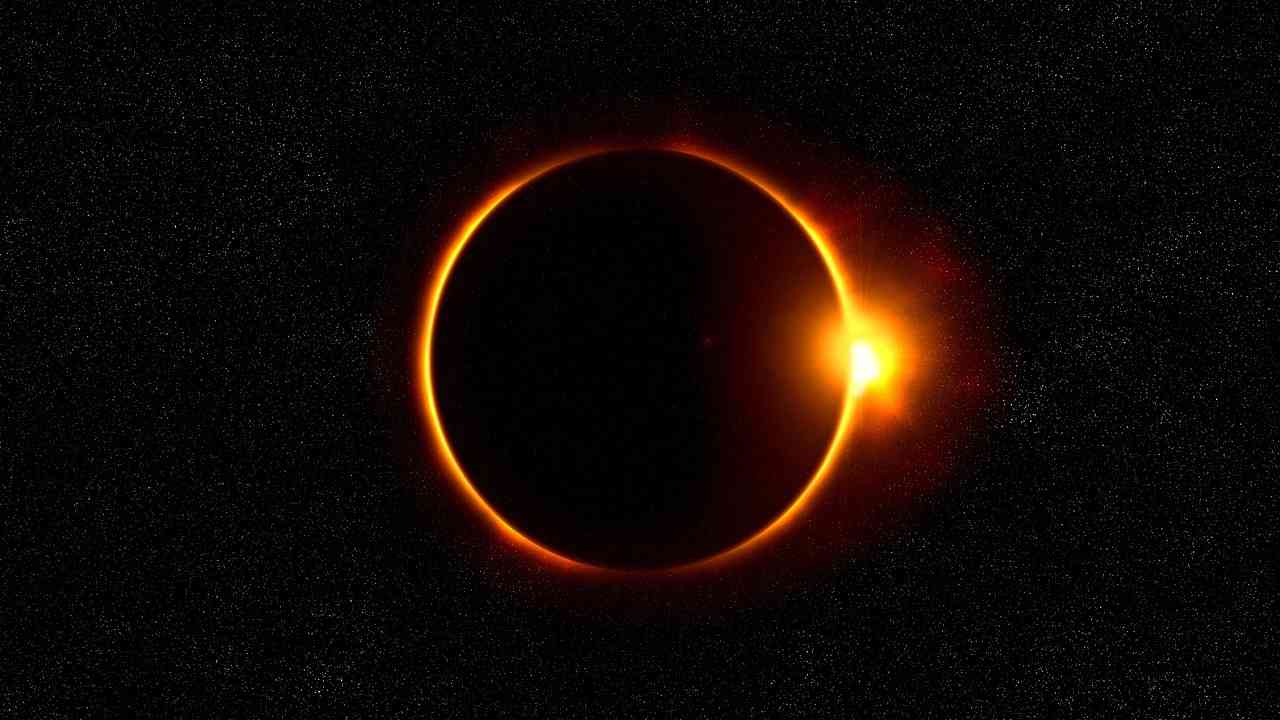Surya Grahan 2020: The last solar eclipse of 2020 is set to occur on December 14 (Monday). However, the eclipse will not be visible in India as it will occur over the country on Monday evening. It will start at 7.03 pm and is scheduled to end at 12.23 am (December 15). The time of the maximum eclipse will be at 9.43 pm.
Solar Eclipse 2020 Date and time
Monday, December 14
Surya Grahan will start at 7:03 pm (IST) and end at 12:23 am (IST) on December 15.
The time of maximum eclipse is at 9:43 p.m. (IST)
Solar Eclipse 2020: How can you watch it?
NASA will be broadcasting the eclipse, with camera views from Chile beginning at 9:40 a.m. EST (1440 GMT). At 10:30 a.m. EST (1530 GMT), NASA will begin a narrated program for the event in Spanish. Both will be available to watch at Space.com courtesy of NASA or directly through the agency’s website.
Earth is a pretty special place in space. Sometimes, our planetary & celestial neighbors give us beautiful & unusual views from our home planet. Over the next few weeks, you’ll have the chance to sit back, look up, & take in multiple extraordinary sights. https://t.co/fell9Hm2Gg
— NASA Earth (@NASAEarth) December 11, 2020
The total solar eclipse will only be visible in parts of Chile and Argentina in South America in the afternoon. A partial eclipse will be visible in the Pacific Ocean, Antarctica and southern parts of South America.
US space agency NASA will provide a live link for people to watch the Solar Eclipse from anywhere in the world
Notably, the first solar eclipse of 2020 had occurred on June 21. There were also four penumbral Lunar Eclipses this year.
In 2021, there will be two solar eclipses. The first will be on June 10 and the second on December 4. The solar eclipse in June 2021 will be an annular one.
Science
A solar eclipse happens when the Moon comes in between the Sun and Earth, casting its shadow on Earth’s surface.
A total solar eclipse occurs when the Moon completely blocks the Sun’s light from reaching the Earth.
An annular eclipse happens when the Sun, Moon and Earth are on the same plane and the Moon is farthest from the Earth. The Moon does not block the entire Sun and so it looks like a dark disk surrounded by a flame coloured ring (‘ring of fire’ effect).
Beliefs
There is a common belief that solar eclipses affect our astrological signs and affect our lives too.
According to the Hindu beliefs, many people do not use a sharp object during the eclipse. Pregnant women are advised not to venture outside the home during an eclipse. The timings of solar eclipse are considered inauspicious by many and this is the main reason why people do not do anything important during this time, including cooking and eating.


















